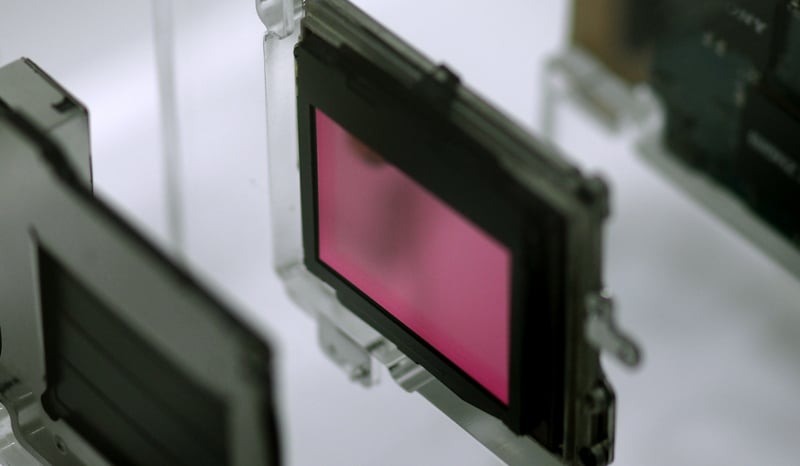Camera Facts: CMOS vs. CCD

CCD and CMOS are two types of image sensors used in digital video cameras. The technology of each varies, and some users find there is a noticeable difference between their image qualities. Pixels in CCD sensors are committed to capturing light. This produces higher-quality images, though it also causes a camera to be less efficient. CMOS sensors cut out a step by integrating technology into the chip that converts visual information to digital data as it is processed to the chip. This makes these sensors highly efficient, though the extra tasks of the pixels can result in increased noise in the final image.
Choosing Between CCD and CMOS
CCD technology was traditionally the dominant sensor since the development of the two forms in the late 1960s and early 1970s. This was mostly due to CCD’s ability to produce better image quality than CMOS with the manufacturing abilities of the time. However, developments in lithography in the 1990s allowed designers to produce CMOS sensors in a way that provided quality images at a lower cost than CCD. It was these developments that led to the inclusion of CMOS sensors in digital cameras, ultimately making the products affordable for the general public.
Although CCDs have set the benchmarks for image sensor performance, developments in CMOS have greatly reduced the differences in image quality between them. Meanwhile, developers of CCD sensors have worked to lower the cost of the technology. Contradictory to past perceptions of the sensors, modern forms of CCDs have become inexpensive enough to be used in applications like cell phone cameras, while some high-performance cameras in professional and industrial applications use CMOS technology.
In general, CCD cameras can produce higher resolution images with less noise. They are also more sensitive to light, which means that they produce higher-quality images in low-light settings. CMOS cameras are more energy efficient, which means the battery life is longer. They are also generally less expensive. However, many of these differences have already become negligible in modern products. For example, a high-end CMOS camera may produce clearer images than a mid-range CCD camera.
Ultimately, buyers of commercial video camera products may find that the sensor technology used in a video camera is less relevant than the manufacturer and specific camera. Modern developments in each type of sensor technology have made them quite comparable in terms of the amount of power used, their price, and their image quality.
The Bottom Line
CCDs use a global shutter, while CMOS sensors use a rolling shutter. These are each prone to artifacts. CCDs suffer from smear, while CMOS can be affected by skew, wobble, and partial exposure. Despite inherent differences in their technology and performance, the benefits and drawbacks of the two sensor types may not be as pronounced as they have been in the past. Buyers are likely to find that image quality and camera performance is affected more by the manufacturer of a video camera than the type of sensor used. Read product reviews and research sellers to find the best products at reasonable prices, and choose video cameras that produce high-quality footage.
